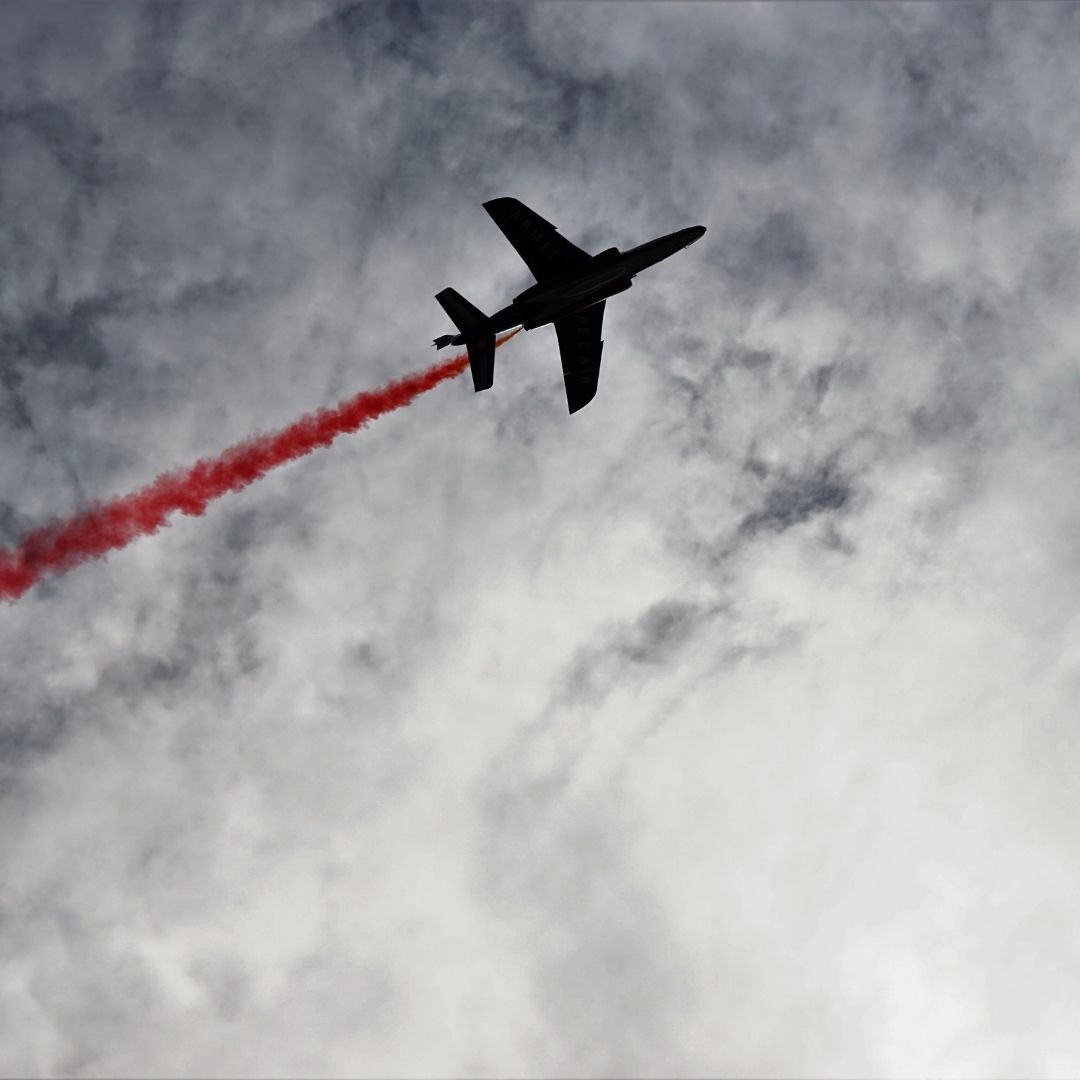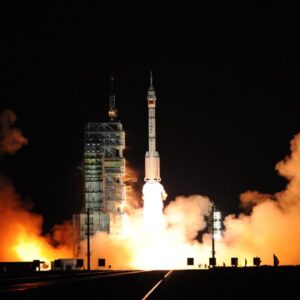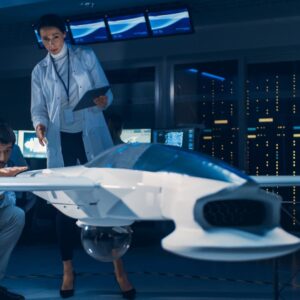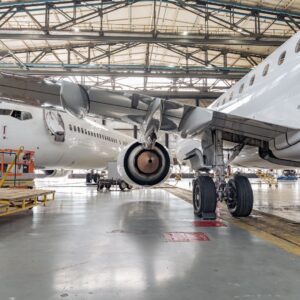Wings of Aero offers a robust Space Mission Design and Planning service to support government agencies, commercial enterprises, and academic institutions in the intricate process of designing, planning, and executing space missions. Whether your goal is satellite deployment, space exploration, or deep space research, our comprehensive services ensure the successful realization of your space mission objectives.
Key Features:
-
Mission Concept Development:
- Mission Objectives: Define clear mission goals, objectives, and scientific or commercial outcomes.
- Feasibility Studies: Conduct in-depth feasibility studies to assess the technical, financial, and operational aspects of your mission.
- Mission Architecture: Develop the overall architecture, including spacecraft design, mission profile, and payload requirements.
-
Mission Design Phases:
- Preliminary Mission Design: Craft preliminary mission concepts, including trajectory planning, spacecraft design, and propulsion system analysis.
- Detailed Mission Design: Move from conceptual design to detailed mission planning, covering all mission parameters and engineering specifications.
- Mission Timeline: Establish a detailed mission timeline, from launch preparation to mission execution, including contingency planning.
-
Payload Design and Integration:
- Payload Selection: Assist with the selection and design of scientific instruments, communication equipment, and other payload components.
- Payload Integration: Plan the integration of payloads into the spacecraft, ensuring proper alignment with mission goals and spacecraft capacity.
- Testing and Validation: Perform rigorous testing and validation procedures to ensure payload functionality and mission success.
-
Trajectory and Orbital Design:
- Launch Windows: Identify optimal launch windows based on mission objectives and destination (e.g., Earth orbit, Moon, Mars, deep space).
- Orbital Mechanics: Utilize advanced simulations to design precise orbital trajectories, ensuring mission efficiency and minimal fuel consumption.
- Transfer and Landing: Plan interplanetary transfer trajectories, orbital insertions, and landing strategies for surface missions (e.g., landers, rovers).
-
Propulsion and Power Systems:
- Propulsion Options: Evaluate and select the best propulsion systems for your mission, from chemical propulsion to advanced electric and plasma propulsion technologies.
- Power Systems: Design reliable power systems, including solar panels, batteries, or nuclear power sources, to ensure continuous mission operation.
- Efficiency Optimization: Focus on optimizing fuel consumption, energy efficiency, and mission longevity.
-
Spacecraft Systems Engineering:
- Subsystem Design: Design and integrate critical spacecraft subsystems, including communication, thermal management, navigation, and control systems.
- System Redundancy: Incorporate redundancy and fault-tolerant systems to ensure mission success despite technical challenges.
- Autonomous Operations: Design spacecraft capable of autonomous navigation, decision-making, and data transmission for deep space and interplanetary missions.
-
Launch Vehicle Selection and Integration:
- Launch Vehicle Assessment: Evaluate and select the most suitable launch vehicle for your mission, taking into account payload weight, orbit requirements, and budget.
- Launch Integration: Work with launch providers to ensure smooth integration and testing of your spacecraft with the selected launch vehicle.
- Launch Site Selection: Identify and plan for the most appropriate launch site based on the mission’s destination and trajectory.
-
Risk Assessment and Mitigation:
- Risk Analysis: Perform comprehensive risk analysis to identify potential mission risks, including technical, operational, and environmental challenges.
- Contingency Planning: Develop robust contingency plans to address mission failures, spacecraft malfunctions, or launch delays.
- Reliability Engineering: Incorporate reliability engineering principles to ensure mission robustness and long-term success.
-
Mission Operations Planning:
- Mission Control Center Design: Assist in the design and setup of mission control centers to monitor and manage mission activities in real time.
- Ground Station Support: Plan and establish ground station networks for continuous communication, data transmission, and mission control.
- Flight Operations Planning: Develop detailed flight operations protocols, including telemetry monitoring, spacecraft maneuvering, and data acquisition.
-
Space Mission Documentation:
- Technical Documentation: Prepare comprehensive technical documentation, including system specifications, mission design reports, and risk assessments.
- Regulatory Compliance: Ensure compliance with national and international regulations governing space activities, including ITU licensing and space debris mitigation.
- Stakeholder Reporting: Provide regular progress reports and updates to stakeholders, sponsors, and mission partners.
-
Post-Launch Operations and Data Analysis:
- In-Orbit Operations: Manage in-orbit operations, including spacecraft maneuvers, mission data collection, and anomaly resolution.
- Data Processing: Design and implement data processing and analysis pipelines for scientific research, Earth observation, or commercial applications.
- Mission Debriefing: Conduct mission debriefing sessions to analyze successes, failures, and lessons learned for future missions.
Applications:
- Satellite Deployment: Design and execute satellite missions for Earth observation, communication, or scientific research.
- Planetary Exploration: Plan missions to explore other celestial bodies, including the Moon, Mars, and beyond.
- Space Station Operations: Assist with design and operational planning for crewed and uncrewed missions to space stations.
- Deep Space Missions: Support deep space exploration efforts, including asteroid missions and interplanetary research.
- Commercial Spaceflight: Design commercial missions, including space tourism, resource extraction, and space habitats.
Benefits of Space Mission Design and Planning:
- Mission Success: Increase the likelihood of mission success through expert planning, design, and risk mitigation.
- Cost Efficiency: Optimize mission costs by selecting efficient trajectories, propulsion systems, and launch vehicles.
- Technological Innovation: Leverage cutting-edge technology and engineering solutions for advanced space missions.
- Expert Support: Receive ongoing support from experienced aerospace engineers, mission planners, and space scientists.
Why Choose Wings of Aero?
Wings of Aero is dedicated to delivering world-class Space Mission Design and Planning services. With a team of seasoned aerospace engineers, mission planners, and technology experts, we are ready to support the most ambitious space missions and exploration goals. Our commitment to precision, innovation, and customer success ensures that your space mission will achieve its full potential.
Contact Us:
For more information on Space Mission Design and Planning services, contact Wings of Aero today.






Reviews
There are no reviews yet.